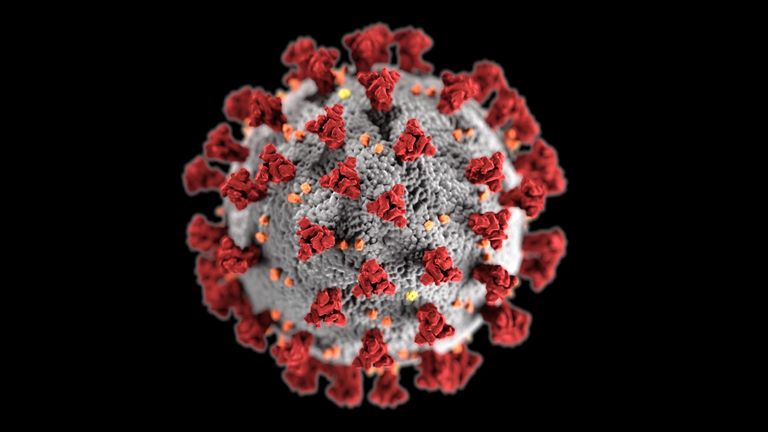Boris Johnson has announced a new set of rules as the UK's coronavirus lockdown goes into the next phase.
Sky News' experts provide their analysis on the new plans.
"Get the timing wrong and the government will have to reimpose lockdown to stop a second wave"
By Thomas Moore, science correspondent
Easing the lockdown depends on a series of big "ifs", the prime minister said.
Advertisement
Only if the number of cases continues to fall and only if the virus does not begin to spread faster.
Giving us more freedom is to a large extent a political gamble.
More from Covid-19
The number of new cases are following a reassuring downward trend.
The lockdown has shrunk the epidemic. Staying at home has saved lives.
But the more contact there is between people, the more the virus spreads.
The R number that the prime minister referred to is somewhere between 0.5 and 0.9 at the moment. Every 10 infected people will pass the virus on to five to nine others.
But if the R number climbs above one, the epidemic could quickly take off again.
Even Germany, which has done so much right in controlling the virus, has seen a rapid increase in transmission and some regions are reimposing restrictions on movement.
The prime minister said easing lockdown can only happen if the number of cases continues to fall.
Right now there are an estimated 200,000 people who have the infection.
And the true number of new infections every day is thought to be around 20,000. Those are the numbers that will give the government sleepless nights.
It is no surprise that outdoor activity and relaxation is being eased first. It is far easier to maintain the two metre rule outside.

And no surprise that people are being urged to avoid the confines of public transport for the same reason.
But re-opening schools, pubs and restaurants is much higher risk.
Get the timing wrong and the government would quickly have to reimpose the lockdown or the country would head into a second wave of COVID-19.
"The push for construction to get back to work shows the lockdown has been more effective than expected"
By Ed Conway, economics editor
One of the more telling moments in the prime minister's address tonight was when he said that some workers – especially those who work in construction and manufacturing – should "be actively encouraged to go to work".
The context to this is that in one very real sense the government's lockdown has been even more effective than they really expected.
Although there was a lack of clarity about it early on, they never really wanted the construction sector to grind to a halt.
They never really intended for the manufacturing sector to drop its output so quickly and comprehensively.
They mostly expected the parts of the economy affected by the lockdown would be areas where social distancing was most difficult: hospitality, restaurants, hotels, schools and so on.
But, the construction and manufacturing sectors have had their sharpest decline on record. The economy has ground to even more of a halt than the lockdown was supposed to engineer.
Indeed the furlough scheme now has more than six million people being paid by the state, with a bill that is close (though not yet quite in excess of) the monthly NHS budget.
:: Listen to Sophy Ridge on Sunday on Apple podcasts, Google podcasts, Spotify, Spreaker
So while much of the emphasis in the PM's speech was about caution and the slowness of removing those lockdown measures, it is clear that he also wants for those parts of the economy that were never really supposed to have shut down to be restarted.
That brings us to a broader issue – that while many have criticised the government for how slow it was to impose these economic measures, in reality many employers and employees were already reacting with caution well before the official shutdown began.
Which raises another question: will that caution remain in place even after the formal lockdown measures have been lifted?
And what of the economic impact? So far the lockdown timetable is more or less in line with what both the Office for Budget Responsibility and the Bank of England have plugged into their models – lasting until the end of this quarter with a slowish return to normal life thereafter.
[contf]
[contfnew]

sky news
[contfnewc]
[contfnewc]





